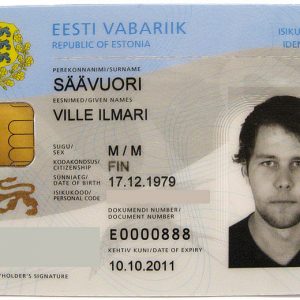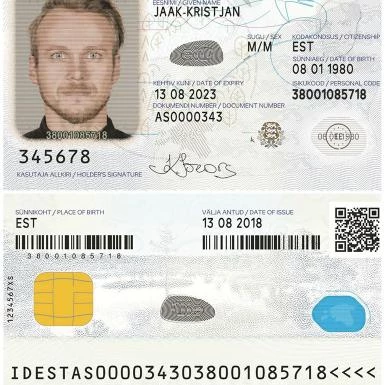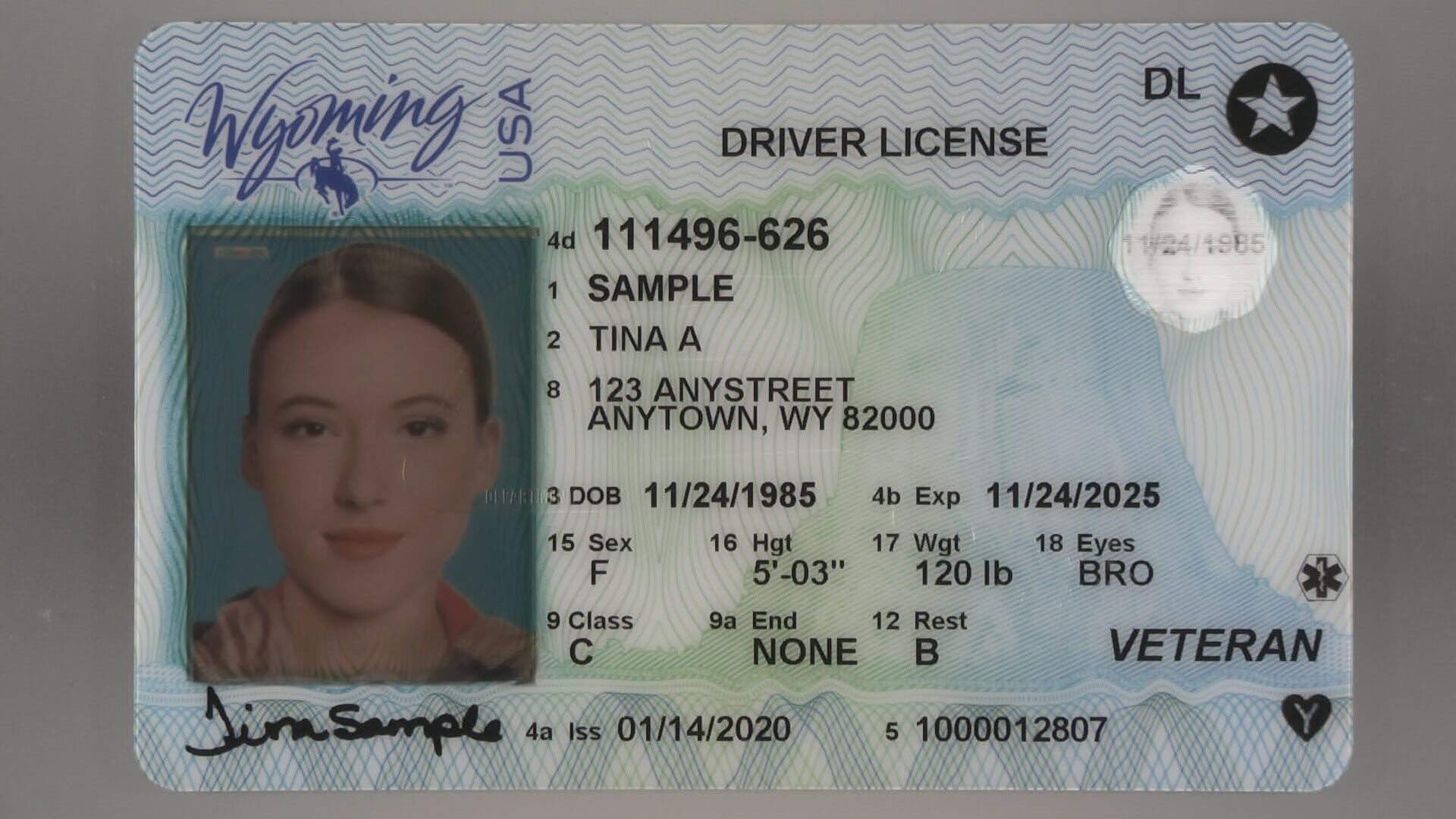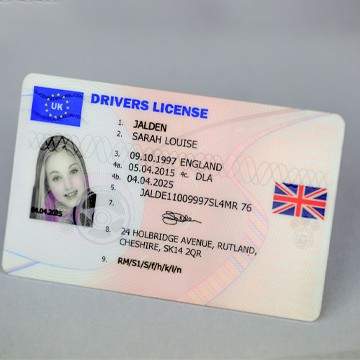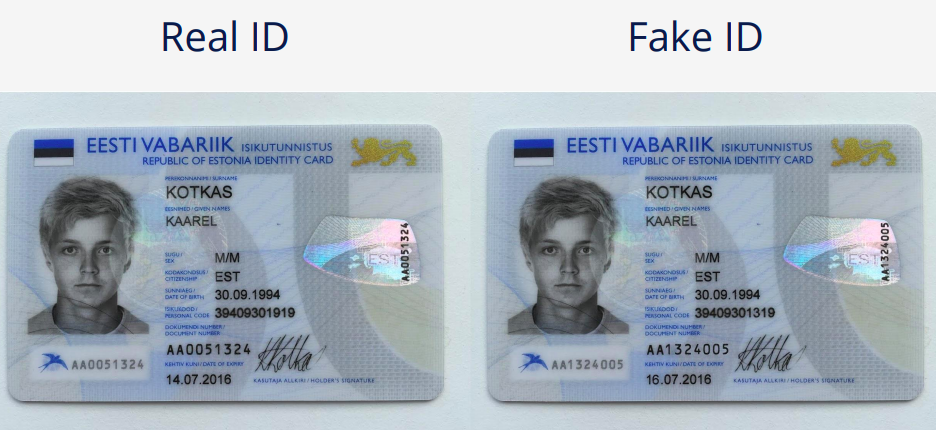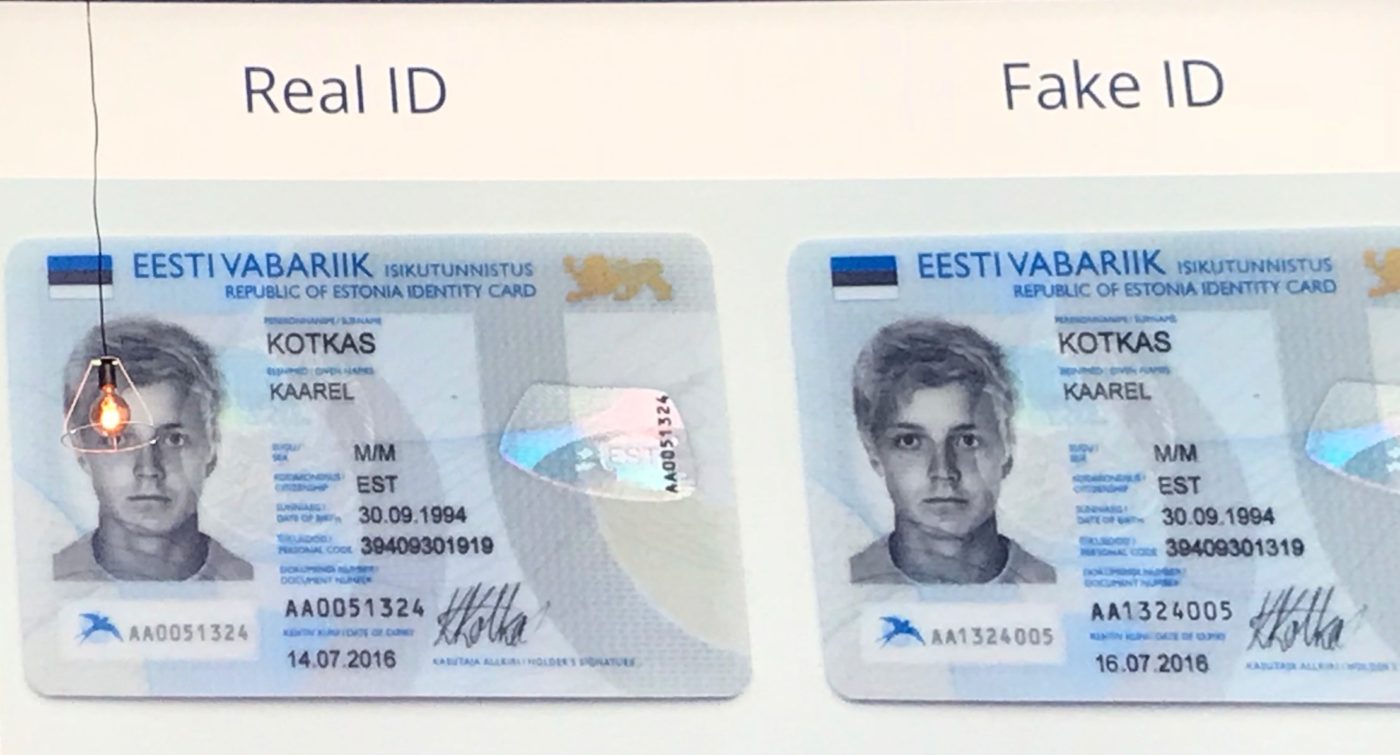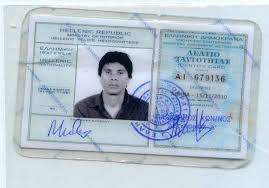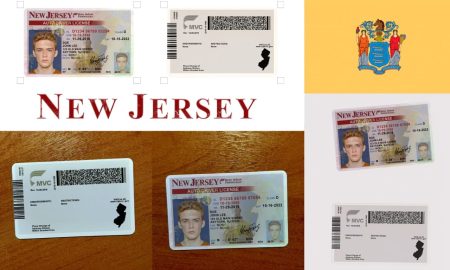Fake Id Estonia
2023-07-09 2023-07-09 19:24Fake Id Estonia

Fake Id Estonia
Fake Id New Jersey
Fake Id Switzerland
Fake Passport Norway
Fake Passport Russia
Title: The Rising Concern of Fake IDs in Estonia: Analyzing the Implications, Measures, and Future Considerations
Introduction
As technology continues to advance, the emergence of counterfeit identification documents has become a global concern. Estonia, known for its digital prowess and e-governance efforts, has not been immune to the rise of fake IDs. This article explores the growing challenges posed by fake IDs in Estonia, with a high emphasis on originality. It offers an analysis of the implications, current measures in place to combat this issue, and potential future considerations that could further mitigate the threat of counterfeit identification.
1. The Nature and Growth of Fake IDs in Estonia
The prevalence of fake IDs in Estonia has seen a steady rise in recent years, driven partly by increased accessibility to technology and the internet. Criminal networks have capitalized on this trend, creating an underground market for counterfeit identification documents that cater to underage individuals seeking access to age-restricted venues, alcohol, or engaging in illicit activities.
2. Implications and Risks Associated with Fake IDs
2.1 Underage Drinking and Substance Abuse
One of the significant concerns associated with fake IDs is the potential for underage individuals to access alcohol and engage in substance abuse. The use of counterfeit identification documents enables them to circumvent age restrictions, posing serious health risks and bypassing legal frameworks put in place to safeguard public safety.
2.2 National Security Threats
The presence of counterfeit IDs also poses serious national security risks. These documents can be used by criminals, extremists, or illegal immigrants to evade authorities, gain access to restricted areas, or conduct illegal activities under false identities. The potential for identity theft and its associated consequences cannot be overlooked, as it serves as a gateway to other criminal acts.
3. Current Measures to Tackle Fake IDs in Estonia
Recognizing the severity of the issue, Estonian authorities have implemented various measures to combat the use and production of fake IDs. These measures include:
3.1 Enhanced Security Features on Official IDs
Estonia’s government has continuously upgraded security features on official identification documents such as ID cards and passports. Incorporating advanced technology like biometric data, holograms, and watermarks, these measures make them significantly harder to counterfeit.
3.2 Collaboration with Businesses and Venues
The Estonian Police and Border Guard Board have established collaborative programs with bars, clubs, and restaurants, educating staff members on detecting counterfeit identification documents. They provide training sessions, pamphlets, and access to online verification tools to enhance their ability to identify fake IDs.
3.3 Digital Solutions
Leveraging Estonia’s advanced digital infrastructure, the government has developed verification platforms that help businesses verify the authenticity of identification documents. These systems employ facial recognition technology, encryption, and data cross-referencing for effective identification validation.
4. Challenges and Gaps in the Current Approach
While Estonia has made commendable strides in combating fake IDs, certain challenges remain:
4.1 Technological Advancements in Counterfeit Methods
As technology evolves, counterfeiters continually adapt their techniques. They find ways to imitate security features and exploit vulnerabilities, thereby challenging Estonia’s ability to stay ahead of the counterfeit industry. Constant monitoring and proactive adaptation are necessary to address this ongoing concern.
4.2 Limited International Cooperation
Given the transnational nature of fake IDs, international cooperation is vital to effectively combat the problem. Estonia needs to strengthen its collaborations with neighboring countries and international organizations to share best practices, intelligence, and operational support in combating cross-border movements of counterfeit IDs and associated criminal activities.
5. Future Considerations and Recommendations
5.1 Continuous Technological Innovations
Estonia must consistently invest in research and development to stay one step ahead of counterfeiters. Exploring emerging technologies such as blockchain and advanced biometric authentication systems can enhance the security of their identification documents.
5.2 International Cooperation and Information Sharing
Close collaboration with neighboring countries, European Union member states, and international organizations will be crucial in developing a comprehensive approach to tackle the counterfeit ID problem. Sharing intelligence, best practices, and effective cross-border communication will significantly enhance the effectiveness of enforcement efforts.
5.3 Public Awareness Campaigns
Educating citizens, particularly young individuals, about the risks and consequences of using fake IDs is essential. Public awareness campaigns can emphasize the legal, social, and personal implications associated with engaging in such activities.
Conclusion
The proliferation of fake IDs in Estonia poses numerous risks to public safety, national security, and individual well-being. While the Estonian government has implemented commendable measures to thwart these challenges, continuous adaptation, international cooperation, and public awareness campaigns are necessary to combat counterfeit identification effectively. Through these concerted efforts, Estonia can further secure its digital landscape and reduce the prevalence and influence of fake IDs in the country.